As the world grapples with the growing challenges of climate change, industries across the globe are pivoting toward more sustainable practices. One area that has garnered significant attention is refrigeration. Traditional cooling systems, such as air conditioners, refrigerators, and freezers, have relied on refrigerants that contribute significantly to global warming. However, in recent years, the rise of eco-friendly refrigerants is transforming the cooling industry. This shift is not only helping to reduce the carbon footprint of cooling systems but also paving the way for more energy-efficient, sustainable solutions.
What Are Eco-Friendly Refrigerants?
Eco-friendly refrigerants are refrigerants that have a lower environmental impact compared to traditional refrigerants. Unlike conventional refrigerants, such as Hydrochlorofluorocarbons (HCFCs) and Hydrofluorocarbons (HFCs), which contribute to ozone depletion and global warming, eco-friendly refrigerants have low Global Warming Potential (GWP) and do not damage the ozone layer. These environmentally friendly refrigerants are designed to be safe, energy-efficient, and sustainable, addressing the need for more sustainable cooling solutions.
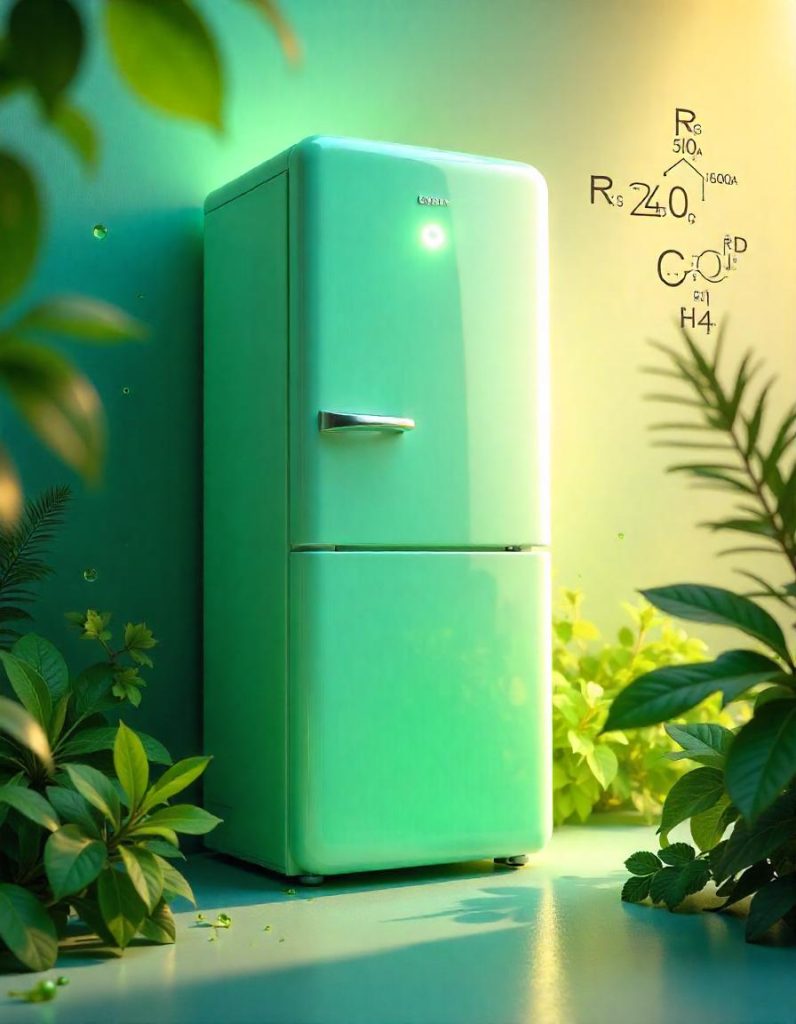
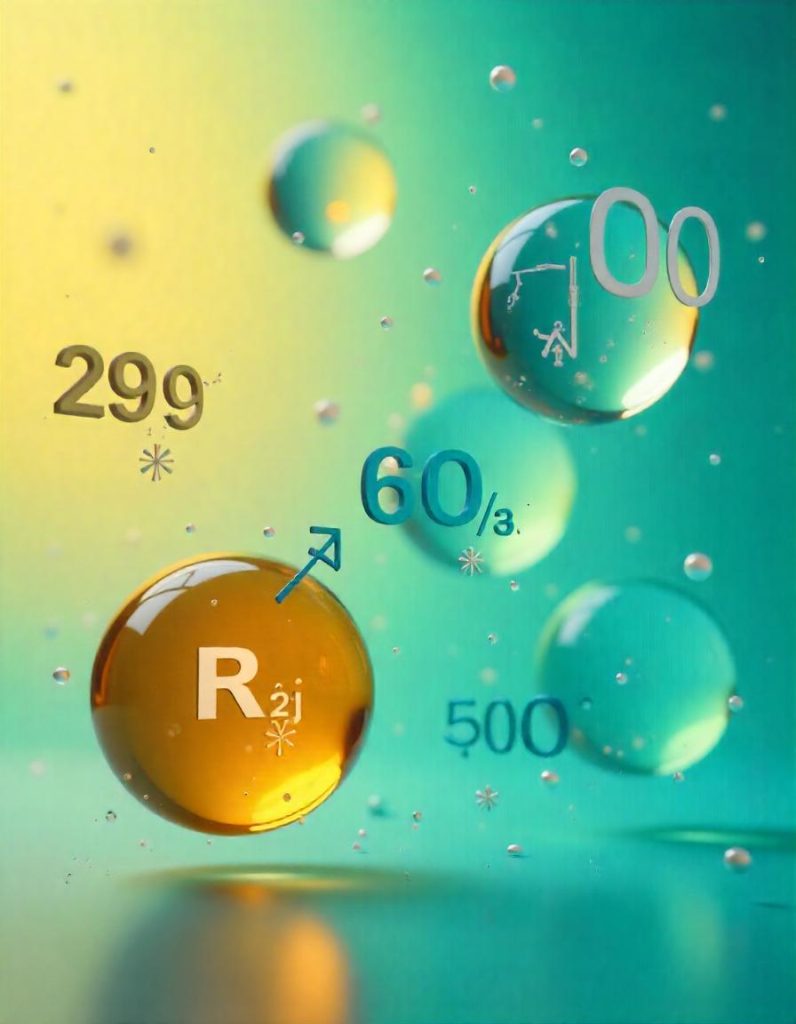
Why the Shift to Eco-Friendly Refrigerants?
The need to adopt eco-friendly refrigerants is driven by several factors:
- Global Warming Concerns: Traditional refrigerants, especially HFCs, have a high GWP, meaning that they trap heat in the atmosphere at a much higher rate than carbon dioxide. This makes them potent greenhouse gases, exacerbating global warming.
- Regulations and Global Agreements: International agreements, such as the Kigali Amendment to the Montreal Protocol, have set targets for phasing out high-GWP refrigerants. As a result, industries and countries are compelled to adopt alternatives that align with these global climate goals.
- Consumer Demand for Sustainable Solutions: As consumers become more aware of environmental issues, many are demanding eco-friendly products and services. Businesses that adopt sustainable cooling solutions gain a competitive edge by aligning with these growing consumer preferences.
- Improved Technology and Efficiency: Advancements in refrigeration technology have made it possible to develop eco-friendly refrigerants that not only reduce environmental harm but also improve energy efficiency, leading to long-term cost savings.


Types of Eco-Friendly Refrigerants
There are several types of refrigerants that have gained popularity in the eco-friendly category:
- Hydrocarbons (HCs): Hydrocarbons like propane (R-290) and isobutane (R-600a) are natural refrigerants that have low GWP and zero ozone depletion potential. These refrigerants are highly efficient and widely used in household refrigerators and small commercial cooling systems.
- Carbon Dioxide (CO2, R-744): Carbon dioxide is a non-toxic, non-flammable refrigerant with a very low GWP. It has become a popular choice for large commercial refrigeration systems, such as those found in supermarkets and cold storage facilities. CO2 systems are highly energy-efficient and have minimal environmental impact.
- Ammonia (R-717): Ammonia is another natural refrigerant that has been used for decades, primarily in industrial refrigeration systems. It has a low GWP and is very efficient. However, it is toxic, which limits its use in smaller systems and requires careful handling.
- HFOs (Hydrofluoro-Olefins): HFOs are synthetic refrigerants with low GWP and no ozone depletion potential. They are seen as a transitional solution as industries move away from HFCs. HFO-1234yf is widely used in automotive air conditioning and commercial refrigeration systems.
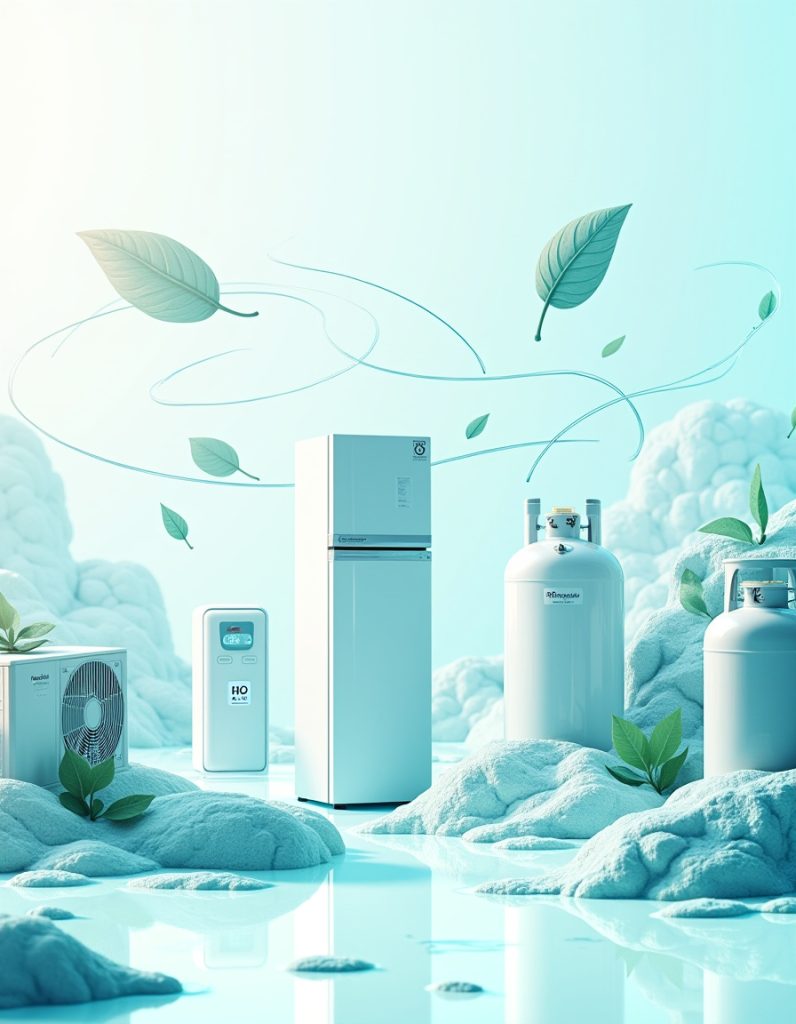
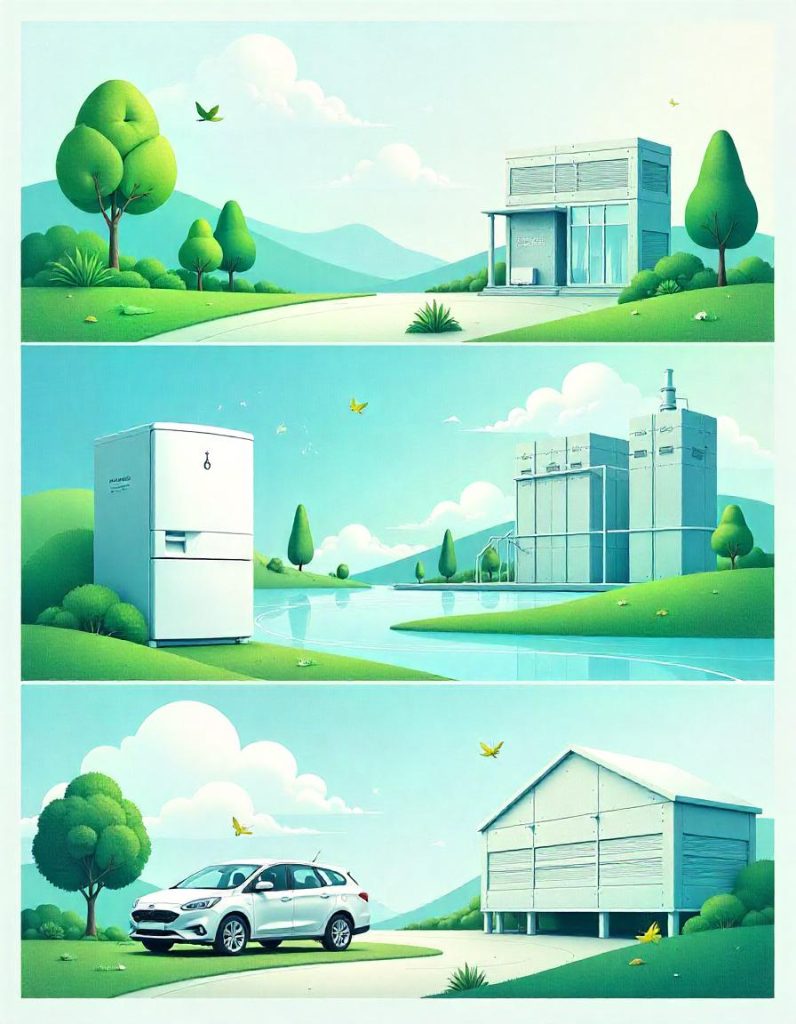
Benefits of Eco-Friendly Refrigerants
- Environmental Impact: Eco-friendly refrigerants have a significantly lower GWP, which helps mitigate global warming. By adopting these refrigerants, businesses contribute to reducing their environmental impact.
- Energy Efficiency: Many eco-friendly refrigerants are more energy-efficient than traditional options, which can result in lower energy consumption and cost savings in the long run.
- Compliance with Regulations: As governments worldwide tighten regulations on the use of high-GWP refrigerants, adopting eco-friendly refrigerants ensures compliance with international standards like the Kigali Amendment.
- Enhanced Public Image: Companies that prioritize sustainability are viewed favorably by consumers. Adopting eco-friendly refrigerants demonstrates a commitment to environmental responsibility, which can improve brand reputation and attract eco-conscious consumers.
Challenges and Considerations
While the benefits of eco-friendly refrigerants are clear, there are some challenges to consider:
- Infrastructure and Compatibility: Many existing refrigeration systems are not compatible with newer eco-friendly refrigerants, requiring costly system replacements or retrofitting.
- Safety Concerns: Some natural refrigerants, such as ammonia and hydrocarbons, can be hazardous if not handled correctly. Proper training and safety measures are crucial to ensure safe use.
- Cost of Transition: While eco-friendly refrigerants may offer long-term savings, the initial cost of transitioning to new systems or upgrading equipment can be high for some businesses.
- Regulatory Uncertainty: Although global regulations are pushing for the adoption of low-GWP refrigerants, there may still be uncertainties in terms of future standards and the availability of certain refrigerants.

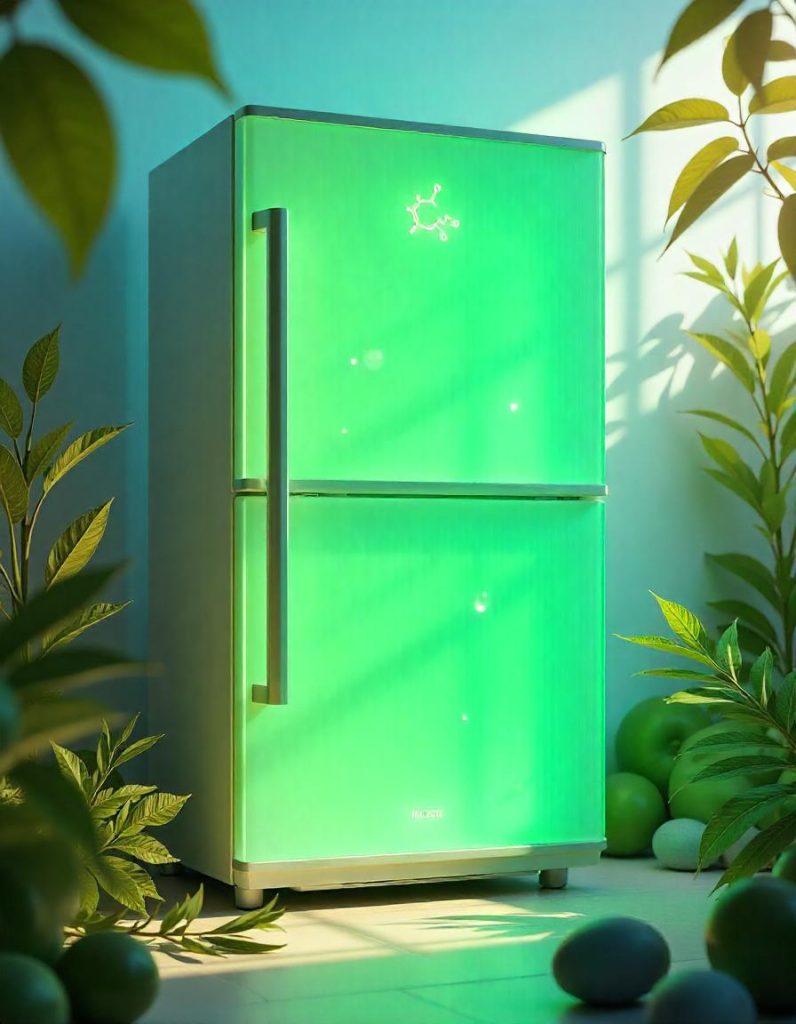
The Future of Sustainable Cooling
The shift toward eco-friendly refrigerants is only the beginning of a larger movement toward sustainable cooling solutions. In the future, we can expect more innovations in refrigerant technology, including the development of new, more efficient natural refrigerants and systems designed to maximize energy efficiency.
As the cooling industry continues to evolve, businesses and consumers will play a key role in shaping the future. Whether through the adoption of eco-friendly refrigerants or by supporting companies that prioritize sustainability, everyone has a part to play in ensuring a cooler, greener future.
Conclusion
Sustainable cooling solutions, driven by the rise of eco-friendly refrigerants, are essential for tackling climate change and reducing environmental impact. As technology advances and the demand for eco-conscious products grows, the cooling industry is embracing a new era of energy-efficient, environmentally friendly systems. By making the switch to eco-friendly refrigerants, businesses and consumers alike can contribute to a more sustainable and climate-conscious future. By focusing on innovative cooling solutions that minimize environmental harm, we can continue to enjoy the comfort of cooling systems while helping protect the planet for future generations.
